Secrets of serial killer: What Ivan Milat’s body after death revealed
He was face up, eyes and mouth open, and wearing an adult nappy. But serial killer Ivan Milat’s dead body would reveal plenty of secrets.
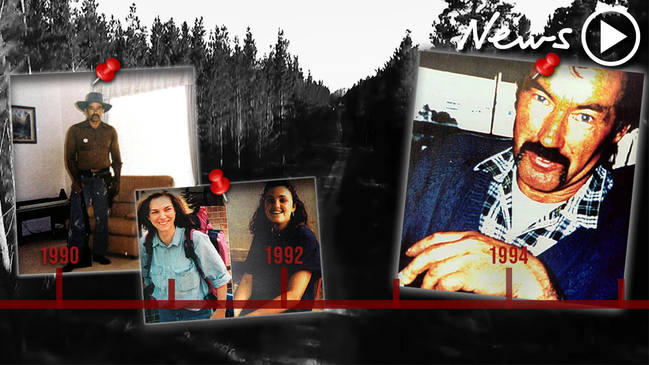
When Australia’s most infamous serial killer died, to the end still denying his ghastly crimes, police moved straight in and declared his hospital cell a crime scene.
It was just after 4am on Sunday, October 27, 2019 and the physically wasted body of Ivan Milat was lying on the iron bed in Long Bay Hospital’s MS Unit cell 032.
He was face up, with his eyes and mouth open, and wearing an adult nappy, a green T-shirt, green sweatshirt and a hospital tag.
Even so, a crime scene officer supervised by forensic fingerprint operations police sergeant took impressions of his right thumb and right index finger to confirm it was really Milat’s body.
Police searched Milat and found no signs of visible injury and did a sweep of his cell, seizing personal papers lying near the deceased.
A body tag was attached to his corpse, which was placed in a body bag with a red ID label marked “19 74 15 MILAT Ivan”.
He would be driven in a white Coroner’s van from the correctional centre under police guard to the Sydney morgue.
There his corpse would be X-rayed and prepared for every inch to be minutely examined though, unusually, the Backpacker Murderer’s remains would remain intact.
By order of the Coroner, there would be no customary internal examination during the autopsy, which involves a large incision, and the removal and weighing of his organs.
But in NSW Deputy Coroner Derek Lee’s report, which news.com.au has recorded, a detailed evaluation of Milat’s body reveals a few surprises.
RELATED: The life and crimes of Ivan Milat
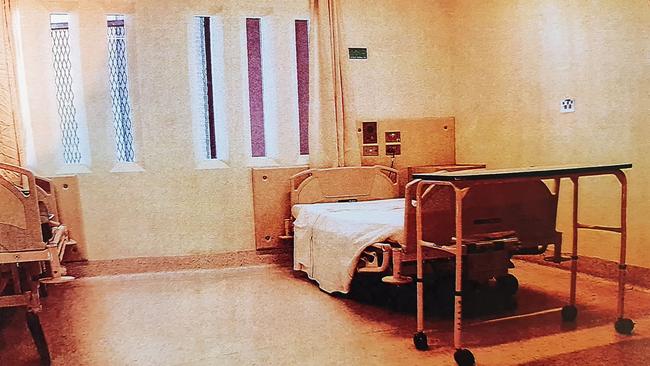
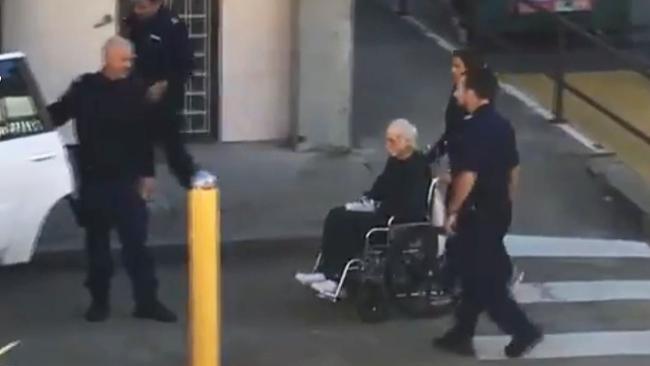
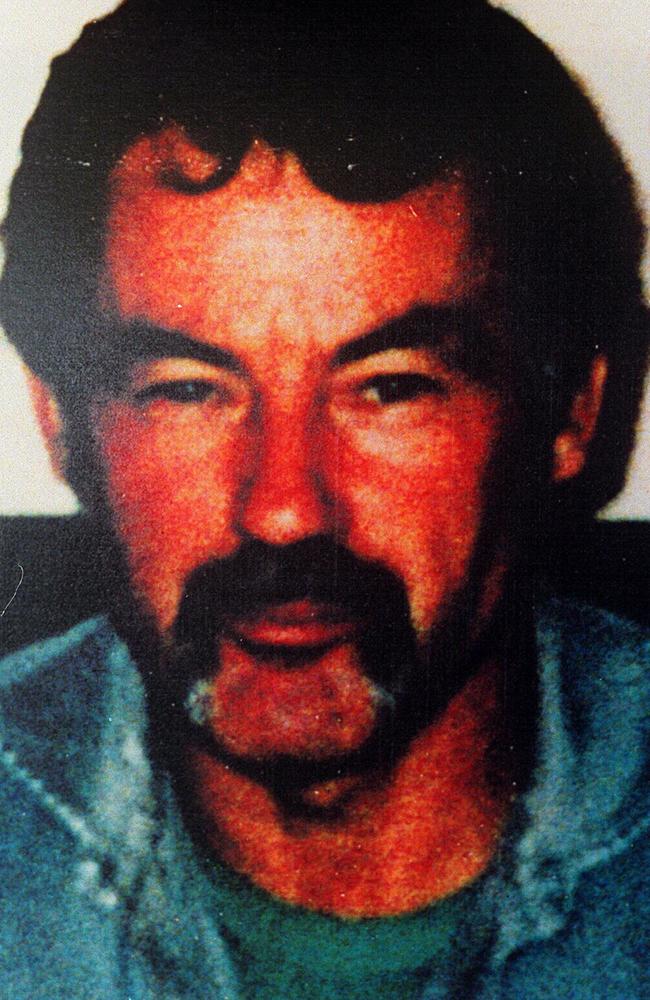
AUTOPSY REVEALED
Between 26 and 27 years prior to Milat’s autopsy, post-mortem examinations of his seven known murder victims had revealed the extent of Milat’s violence and the cruelty he inflicted upon them.
Tragically cut down when young and healthy, the seven Belanglo Forest victims would never have the opportunity to age, as Milat had before his demise from cancer at 74.
Still, in death, Ivan was about to give up his secrets, of a sort.
Like a deceased dignitary lying in state, Milat was taken, under police escort, from Long Bay at around 11am on the day he died.
Around 40 minutes later he arrived at the Forensic Medicine & Coroners Court Complex at Lidcombe in Sydney’s west.
At 9am on Wednesday, October 30, the autopsy on Ivan Milat’s body began.
His corpse showed no rigor mortis, exterior signs of injury, or decomposition, but was “cachectic”, meaning it was visibly depleted in fat and muscle mass due to disease.
Death had been due to advanced oesophageal cancer which had metastasised or spread to his bones, liver and lymph glands.
But Milat had signs of other disease which might have led to his death if the cancer hadn’t.
Lying on the stainless steel autopsy table, the body of Ivan Robert Marko Milat was seen to have short, grey hair with “a male balding pattern”.
He had a grey beard and moustache, and pale eyes.
Many features of Milat were deemed “unremarkable” – his ears, nose, mouth, lips, genitalia and facial skeleton.
His legs were swollen. His teeth were natural, with “caries” (cavities) and his fingernails showed “clubbing”.
RELATED: Killer’s miserable final years in jail
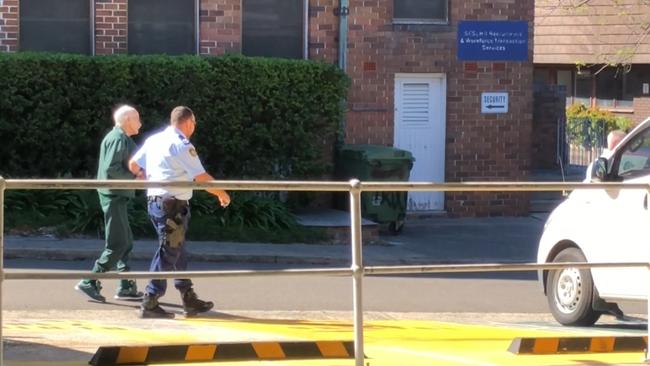
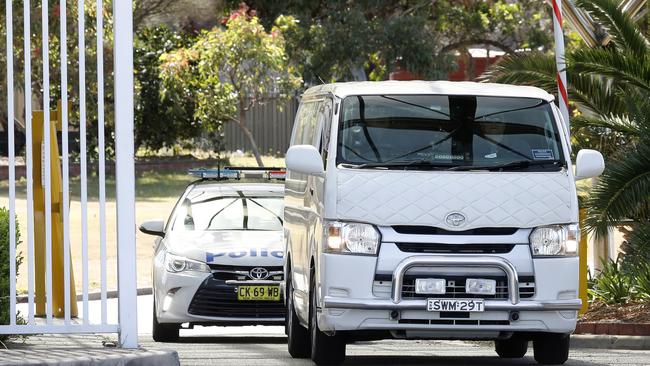

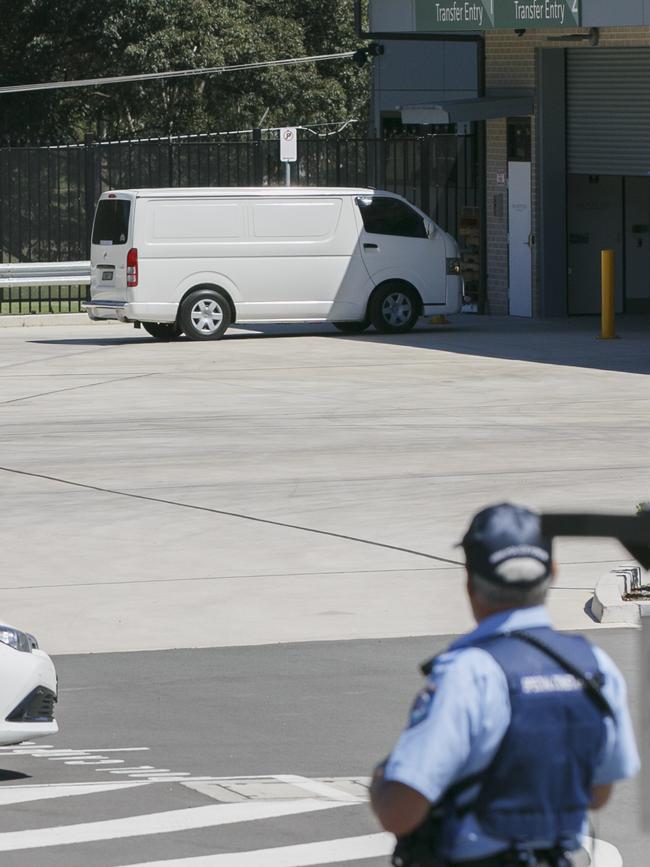
The little finger on his left hand was absent, the result of Milat sawing it off on Australia Day, 2009, with a plastic serrated knife in his cell at Supermax in Goulburn.
At the time, Goulburn Hospital staff could not reattach the finger, and Milat’s autopsy notes a healed scar at the base of the finger.
On his skin, Milat had a mole on the left side of his head and inside his left wrist, a 7cm scar on his upper left leg, a 5.5cm scar on his right hip, and a scar on his inner elbow.
A statement by Ivan’s brother William perhaps explained the latter, saying Ivan had injured his hand working for the Department of Main Roads in the late 1960s.
Milat also broke his arm and collarbone in a motorbike accident, aged 13 to 14 in the late 1950s.
As far as mental health went, William Milat informed police that in his opinion, Ivan was “as sane as they came”.
Despite no evidence of injury, Milat had the signs of medical intervention from when he lay dying in Prince of Wales Hospital’s secure inmate wing.
He had a porta catheter for intravenous fluids on his right upper chest, a butterfly needle on his upper right leg and bluish bruised injection marks around his belly button.
Pressure bandages, which prevent ulcers in bedridden patients, bound his right shoulder blade and tailbone.
Toxicology revealed traces of the painkillers Milat had been administered, three different types of morphine in his blood plus aminoclonazepam, an anticonvulsant.
While in Supermax prison in 2018, Ivan Milat had begun experiencing dysphagia, or difficulty in swallowing.
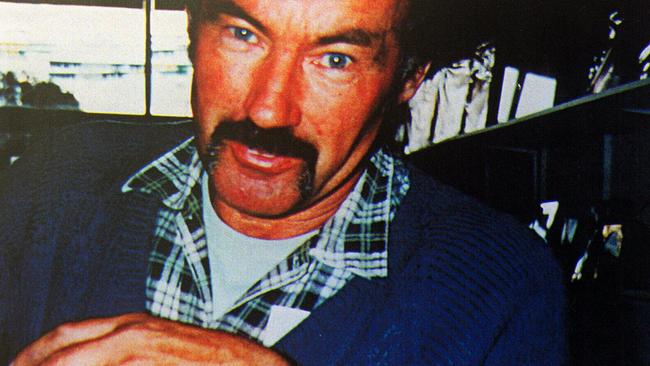

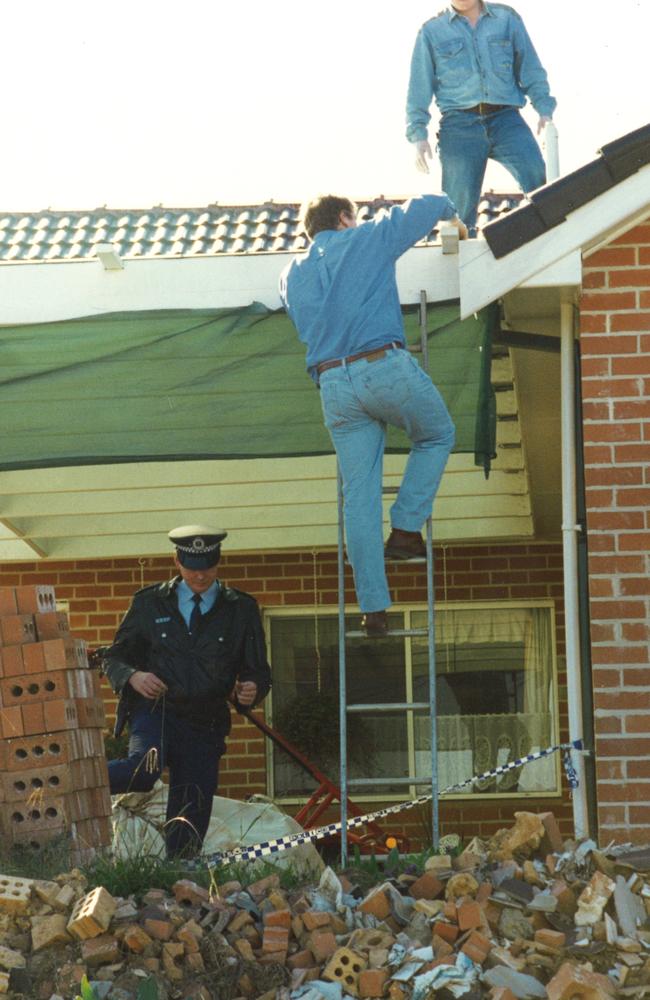
This accompanied a burning sensation when he felt food pass from his oesophagus to his stomach.
This must have been a blow for Milat, who according to prison authorities “loved his tucker”, to the extent that when he staged his hunger strike protests, they never lasted too long.
In his prison cell, he enjoyed black coffee with lots of sugar, specially ordered chocolate biscuits and he also used his personal sandwich maker.
Not tall, but wiry, and with a little pot belly he developed in his 60s, Ivan Milat had weighed 85kg in the years until he became ill, but dropped to 65.5kg by the time he died.
Initially admitted to hospital with “fevers”, Milat had been X-rayed and found to have a large amount of fluid in his heart sac, the pericardium.
He had calcification of one of his coronary arteries, and apart from heart disease was diagnosed with terminal cancer of the oesophagus.
On October 22, 2019, he had been discharged from Prince of Wales Hospital back to Long Bay with an “end-of-life plan”.
When he died, he still had his POW secure inmate wing tag, bearing his MIN (Main Index Number) prison number and a hospital code.
Scans and X-rays of Milat’s body revealed a “normal” sized heart, nothing unusual in his head, a gastric stent in his abdomen and secondaries in his lungs.
X-rays of his bladder, prostate and testes, pelvic area, muscles and upper and lower limbs showed nothing unusual.
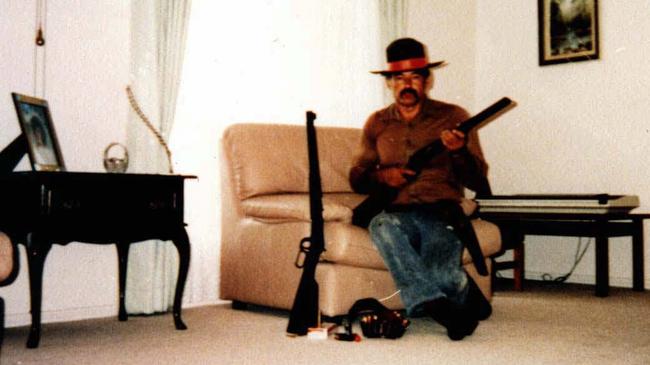
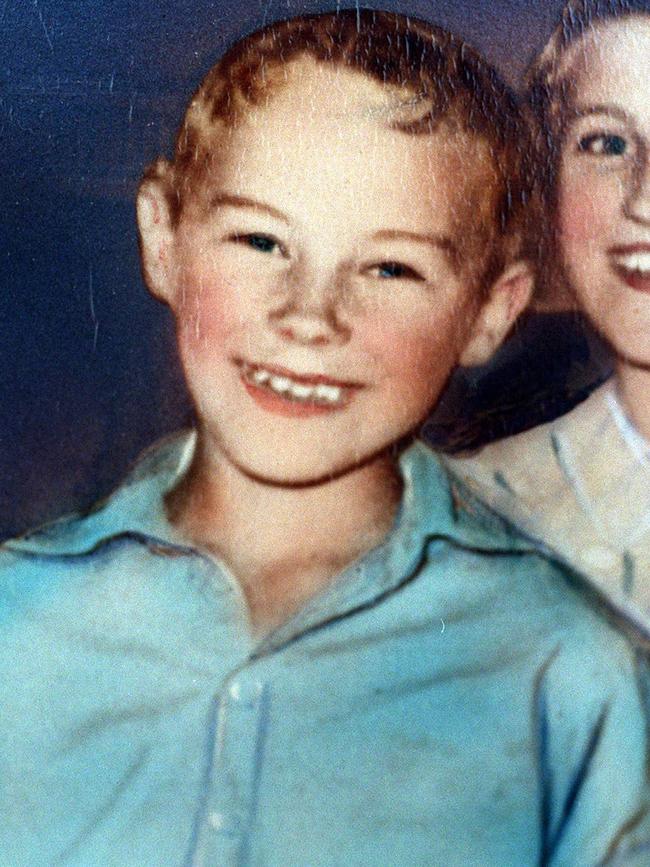
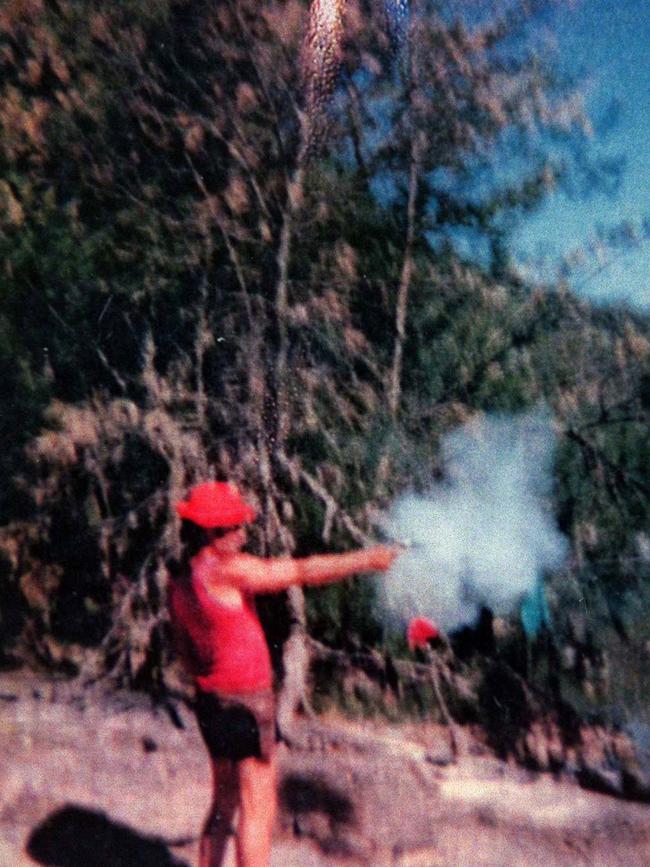
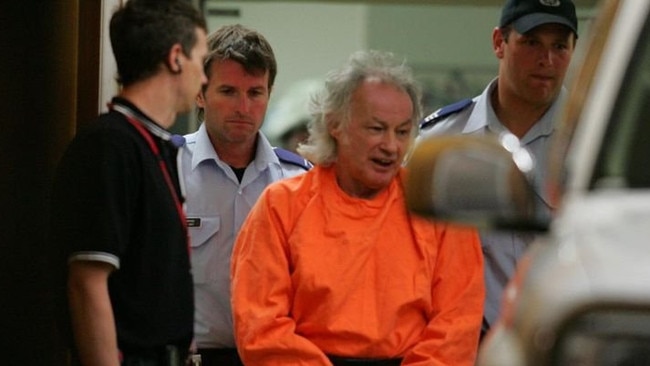
‘ENJOYED CAMPING, TARGET SHOOTING’
William Milat, who was a year younger than Ivan, was the brother among the killer’s 13 siblings who remained the closest despite Ivan’s lengthy incarceration.
In his statement to police, he summarised Ivan’s childhood as happy, saying he had left school after eighth grade and got his first job welding chicken cages for a Bill Ryan in Austral, near Liverpool.
He said Ivan ‘enjoyed camping, target shooting, motorbike riding and reading in his spare time”.
He had been financially responsible and his relationship with brother Boris Milat’s wife Marilyn “did not cause an issue with the rest of the family”.
Ivan’s criminal record began in 1962, when he was charged with property offences, and ended in 1996, when he was convicted of seven counts of murder and imprisoned for life.
His known murder victims were Australians Deborah Everist and James Gibson, Germans Simone Schmidl, Gabor Neugebauer and Anja Habschied, and Brits Joanne Walters and Caroline Clarke.
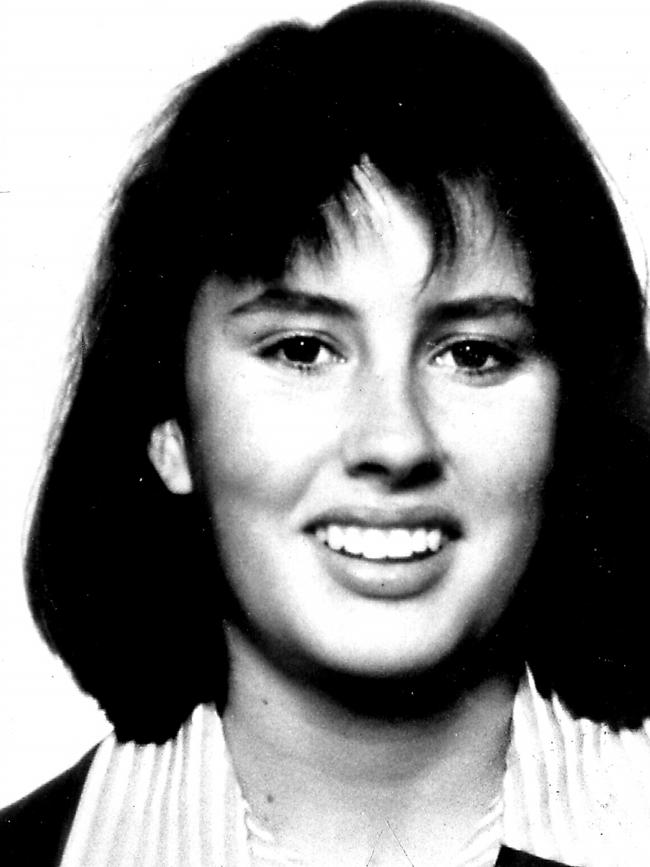
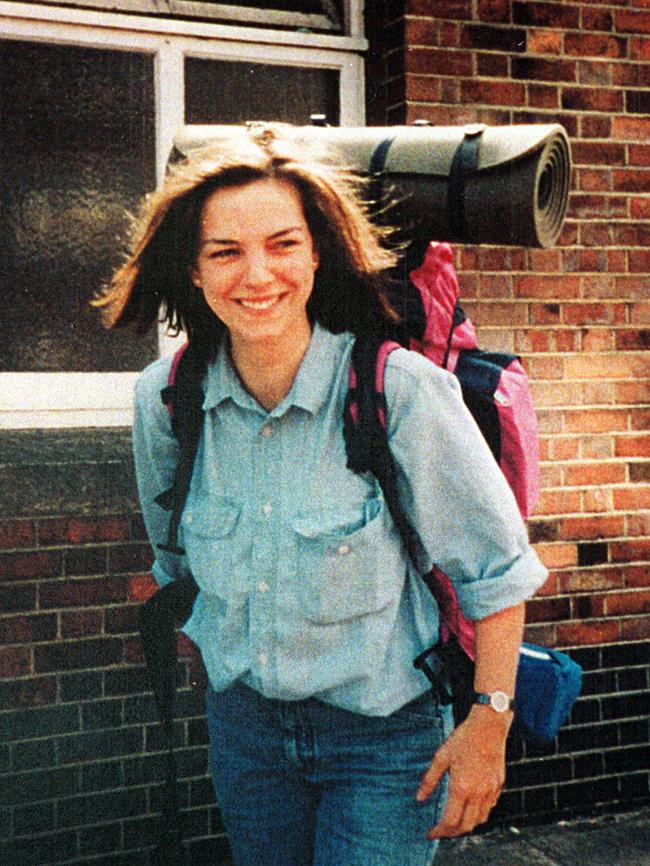
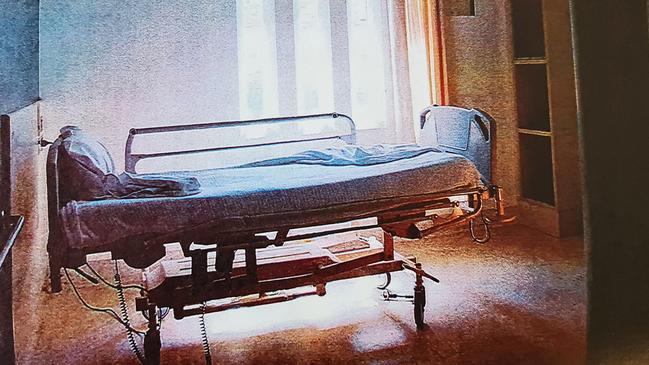
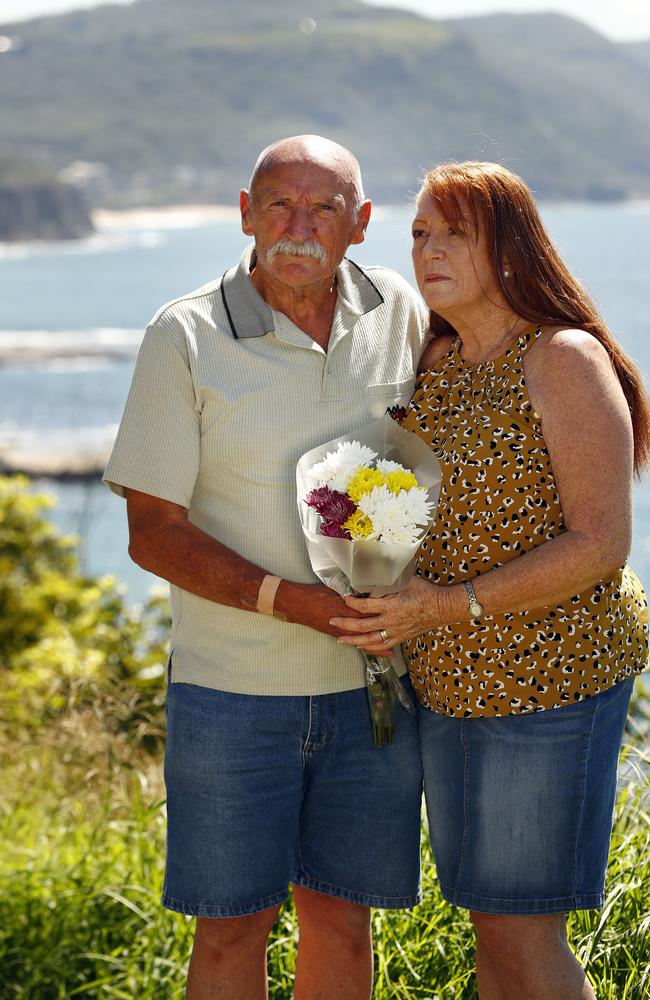
HIGH-RISK INMATE
Ivan Milat’s history of self-harm incidents believed to be part of escape plans had made him an Extreme High Risk category inmate for most of his prison life.
Whenever outside his cell, he was escorted in ankle cuffs at all times by two officers.
Even after his cancer diagnosis the NSW Serious Offenders Review Council (SORC), a late as August 2019, continued his EHR status and segregated him from other inmates at Long Bay Hospital.
Milat didn’t like mixing with other inmates anyway, as a SORC assessment of him at the beginning of the last year of his life reveals.
Milat “engaged well … displayed an appropriate mood with some joviality at times (and) remains low needs, however stated, ‘I will never stop trying to clear my name,’” the report reads.
“Milat stated he enjoyed his own company and has no interest in any approved associations.
“Has been encouraged to consider an association, however states he doesn’t even know a lot of the other inmates.”
His case management plan goals included “maintain violence-free lifestyle”.
Detectives had visited Milat over the years and tried to extract confessions for his believed other murders, but he kept his darkest secrets to himself.
Ivan Milat’s remains were cremated but no funeral ceremony was held.
His brother and sister-in-law Bill and Carolynne Milat scattered the ashes at an undisclosed location in the Illawarra region south of Sydney.

